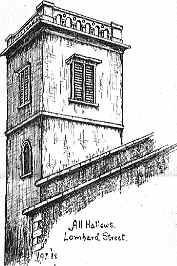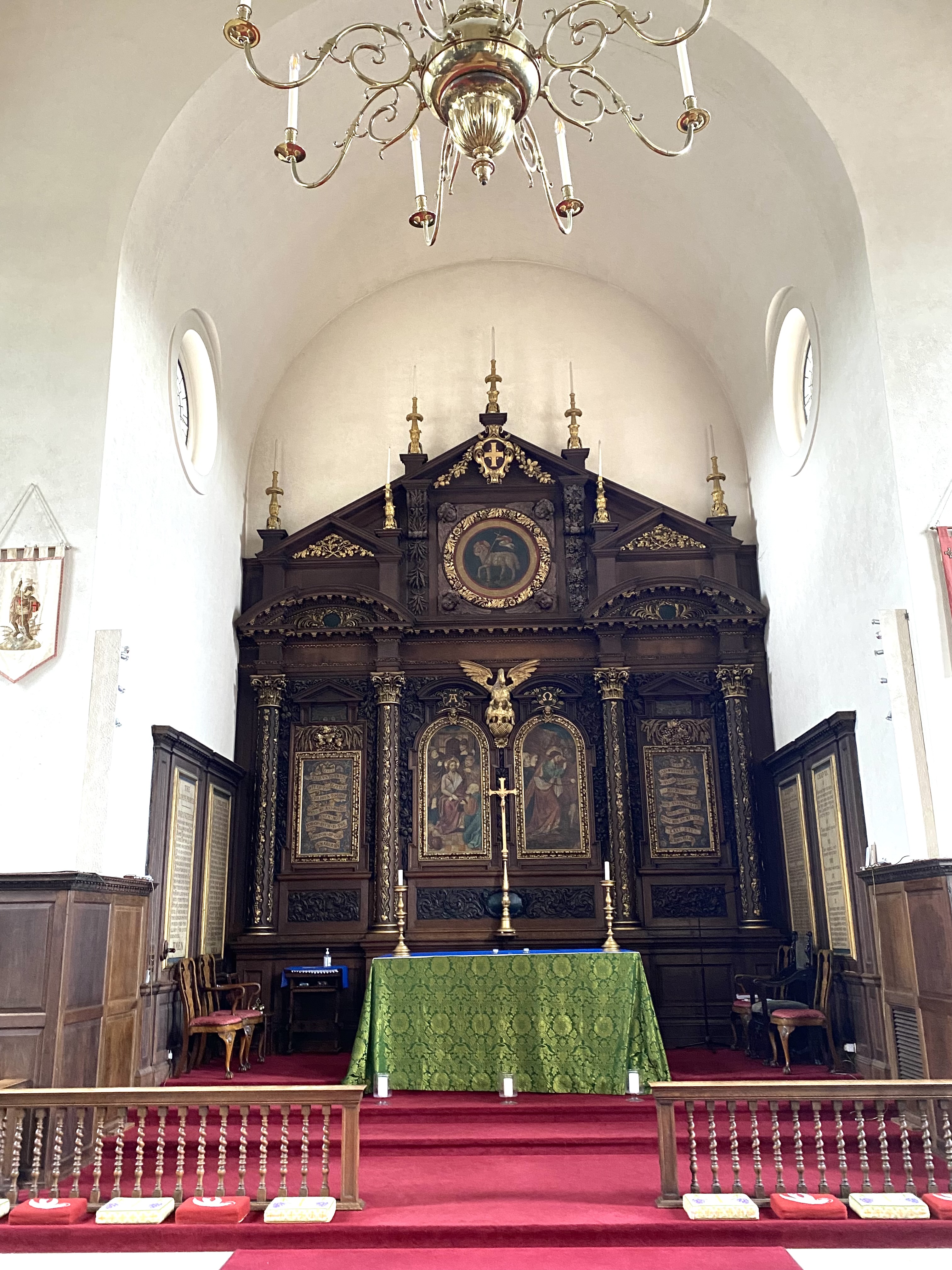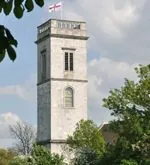History


History
All Hallows Church has stood on the Chertsey Road in Twickenham since 1940, but its history stretches back to Saxon times. The original All Hallows Church was situated on Lombard Street in the heart of the City of London, on a site where Christian worship has been documented back to 1053.
Over the years the church was rebuilt twice, but in 1666 disaster struck when the Great Fire ravaged London and destroyed hundreds of buildings, including All Hallows. Christopher Wren designed the new All Hallows, which was built between 1686 and 1694. Wren’s design included a square, stone bell tower but was otherwise fairly plain, allowing the richness of the panelling and carved wood furnishings to be seen to the best effect.
As business interests began to dominate, and the resident population dwindled, fewer churches were needed in the City of London. At the same time the suburbs, including Twickenham and Whitton, were rapidly expanding and from 1914 the small Mission Church of St Martin’s ministered to people in this area. In 1934 matters came to a head when structural defects were discovered in the walls of the Lombard Street church and the church authorities selected it for demolition. When it was taken down in 1939 the priceless fittings of the church were retained and the bell tower transferred stone by stone to Twickenham to become part of a new church designed by architect, Robert Atkinson.
The Rt. Revd. Arthur Foley Winnington-Ingram, the Lord Bishop of London, laid the foundation stone on 11th July 1939 and later that year a new parish, “All Hallows, Twickenham” was created replacing St Martin’s. Work on the new building was delayed, in part by the loss of workmen to the armed forces when war broke out later that year. Despite this the service of dedication took place on 9th November 1940, conducted by the new Lord Bishop of London, the Rt. Revd. Geoffrey Fisher.
The story of All Hallows draws together many different strands: of architects and artists, of fire and war, of population changes and of determination. Above all it is the story of Christian faith acted out from age to age and from place to place.

For further information, follow the links below



